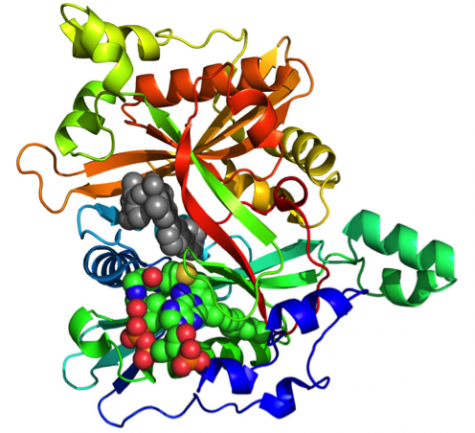Drug Discovery And Development

The Comprehensive drug design and development initiative (CD3I)
What is the problem you are trying to solve?
Despite more than $130 billion in collective spending on pharmaceutical R&D, more than 90% of all new drugs fail during clinical trials. This means that for approximately every 5000 – 10 000 drug compounds, about one achieves US Food and Drug Administration (FDA) approval. In addition to the enormous expenditures associated with this excessive drug failure rate with an estimated cost of $800-$1B per drug, this process is also very time consuming.
How is it done today?
In today’s drug discovery and development process, it takes about a decade for a drug candidate to successfully advance from discovery to patient treatment. This process includes several stages through which a drug candidate must successfully progress through: basic research of drug discovery, pre-clinical stages, clinical trials, and finally review by the FDA.
Why do the current methods fail?
The lack of drug candidate efficacy, and insufficient safety, and unacceptable toxicity levels are cited as some of the main reasons for these elevated drug failure rates. Moreover, these shortcomings are often discovered very late in the drug development process. High costs (~ $10-20 per drug candidate) limit the ability of traditional high-throughput screening methods to evaluate toxicity prior to laboratory and early stage clinical testing of drug candidates. Therefore, new methods applied earlier on in the drug discovery and development process are needed to eliminate these drug candidates with low efficacy levels, insufficient safety, and/or unacceptable toxicity levels.
Some drug candidates have now been computationally evaluated for toxicity, and while this approach is promising, meaningful simulations of saline environment over multiple time intervals revealing transient docking sites are currently limited by the computationally intensity required by such comprehensive simulations. Moreover, there is a pressing need to develop a more comprehensive repository of crystallized protein structures that can help evaluate the effects of drug candidates on human proteins – an interaction that has the potential of resulting in previously unknown toxicities.
CD3I
CD3I is a project developed in partnership with the US Council on Competitiveness and Brazilian Agency for Industrial Development (ABDI) “US-Brazil Innovation Platform” and two of the US Department of Energy laboratories: Oak Ridge and Lawrence Livermore National Laboratories.
This project aims to create a public-private cross-border innovation partnership that leads to an ecosystem that becomes a resource to pharmaceutical companies in the US, Brazil and world-wide.
CD3I is scientifically led by Georgetown University in partnership with Oak Ridge and Lawrence Livermore National Laboratories in the United States, and with an number of industrial, scientific and academic collaborators in Brazil. It aims to bring big data and high-performance computing together, and integrate these with best wet-lab practices to respond to the pharmaceutical industry’s need to retool the research and development process. CD3I enables pharmaceutical companies to become more competitive in the global marketplace, and represents an investment in disruptive innovation. CD3I leverages a collaboration between Academic Institutions, the US Department of Energy, the US Department of Health and Human Services, and their Brazilian counterparts.
CD3I’s Value Proposition
CD3I integrates the expertise of its founding partners with the identified clinical needs of pharmaceutical companies to enable broader diversity and novelty of hit discovery, and prediction of therapeutic efficacy and toxicity during the discovery phase. This approach increases the success of drug candidates entering clinical development.
The vision for CD3I Inc. is to couple systems and structural biology with high performance computationally-driven in silico chemical biology and molecular simulation, and to integrate medicinal chemistry with academic medical practice and a clinical trials capability to offer an alternative approach to drug discovery and development that will improve the probability of therapeutic success (PTS) of new drug candidates.
Some of the specific activities that are unique to the CD3I Inc. approach to drug discovery are as follows:
- disease network analysis
- target dynamic modeling
- in silico toxicity profiling
These proprietary discovery activities provide a knowledgebase that informs both preclinical validation and clinical study design. Specifically, they provide the following:
- novel approach to understanding target engagement
- inputs of network modulation and compensatory changes
- biomarkers
These more precise and comprehensive inputs enable CD3I Inc. to predict efficacy and toxicity and, therefore, to identify drug candidates that will have a higher probability of success in late‐stage clinical development.
The two key failures of drug candidates –lack of efficacy and evidence of safety and/or toxicity– are the result of specific drug and target interactions that typically have not been addressed during the discovery stage.
CD3 Inc. will focus on:
- Target modeling, “hit” identification, and dynamic lead optimization;
- In-silico off-target predictions and safety profiling;
- Innovative approaches for early clinical proof-of-efficacy.
